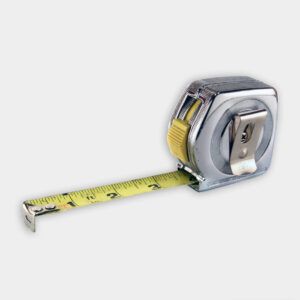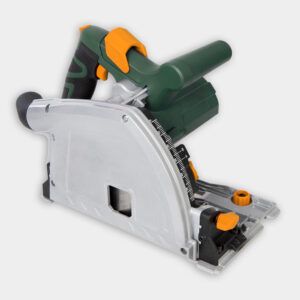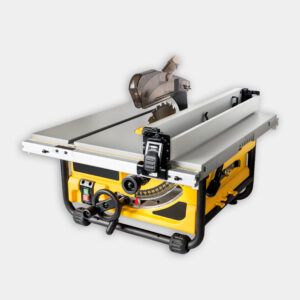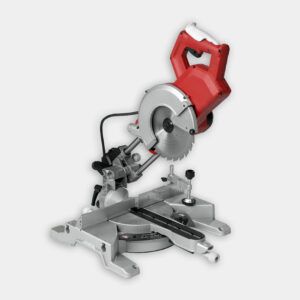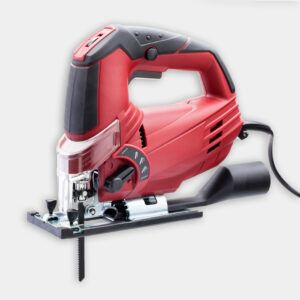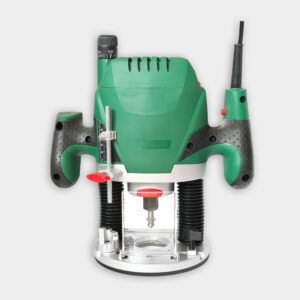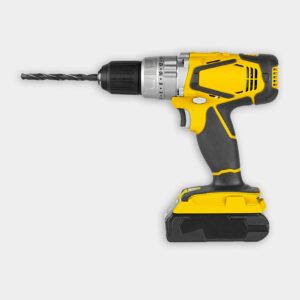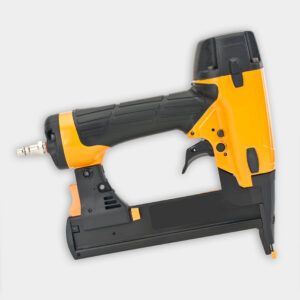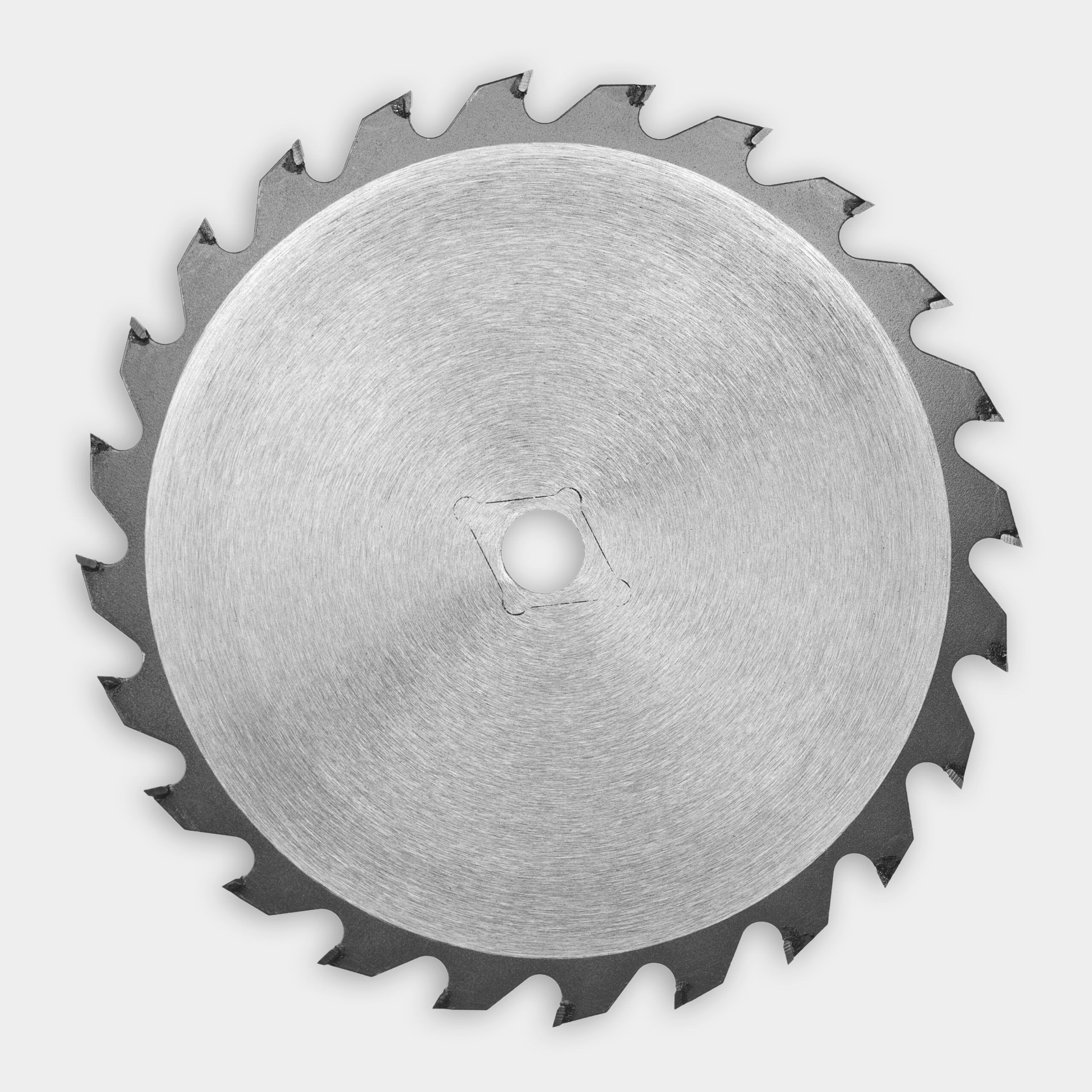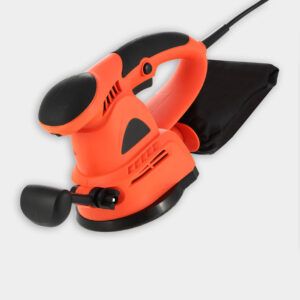We may be compensated if you purchase through links on our website. Our Reviews Team is committed to delivering honest, objective, and independent reviews on home products and services.
Project details
Skill
Cost
Estimated Time
An all-too-common headache for homeowners is coat and shoe storage. Rather than letting your shoes, hats, and jackets pile up in the hallway, create a custom closet unit to add both storage space and value. With careful planning and the right tools, you can transform a basic closet into a functional and stylish storage solution. This small-scale DIY renovation may take a weekend to complete, but you’ll have personalized storage space permanently installed in your closet. This Old House general contractor Tom Silva works with homeowner Julia to build a custom closet storage space, complete with shoe drawers, cubbies, and a coat rack.
Plan Your DIY Closet Built-Ins
Consider your storage needs when designing your custom closet. Think about what you want to store where, how you want to store it, what materials you want to use, and how much space you have to be creative.
Measure Your Closet
Start by measuring the interior dimensions of your closet, which will guide the design of your base cabinet and upper shelving unit. Account for the door swing when planning the layout of your built-ins, and take accurate measurements to avoid fit and other spacing issues during installation.
Design Your Storage Solution
Sketch out your design, keeping in mind the dimensions of your closet and the items you plan to store. Make sure that the layout is functional, accessible, and caters to your everyday storage needs.
Some popular for personalized closet storage features include:
- Shoe drawers
- Open cubbies for baskets or folded items
- A hanging rod for coats and longer garments
- Upper shelves for less frequently used items
Materials and Tools
Look for materials that are long-lasting and resist wear and tear. Opt for high-quality plywood for the main structure and sturdy hardware for drawers and shelves. Below are some important tools you’ll need to complete the project:
- Table saw
- Router
- Brad nailer
- Wood glue
- Sandpaper or random orbit sander
Prep the Closet
Once you’ve measured and designed your storage unit, make sure your closet has been properly prepped for the installation.
- Remove any existing shelving or hardware.
- Patch and paint the walls if necessary.
- Locate and mark wall studs for secure attachment.
Steps for Making DIY Closet Built-Ins
Step 1: Build the Base Cabinet
The base cabinet forms the foundation of your closet built-ins. It typically includes shoe storage drawers and supports the upper shelving unit.
Cut the Cabinet Components
Using a table saw or track saw, cut the following pieces from plywood:
- Two side panels
- Top and bottom panels
- Back panel
- Drawer fronts, sides, and bottoms
- Cleats (optional for added support)
Make sure you measure the pieces carefully so that they connect properly and fit in your closet. Using a table or track saw, cut the drawers to width (approximately 6 inches). Cut enough plywood to create a front, back, and two sides for each drawer you plan to build. Cut these pieces to length on the miter saw.
Assemble the Drawer Unit
- Install the dado stack in the table saw to equal the thickness of the plywood and set the saw fence to approximately ½-inch from the blade, and adjust the blade’s height to approximately ⅜-inch.
- Pass each drawer piece over the dado blade to create a groove for the drawer bottom.
- Tape the two drawer fronts together, one on top of the other, and use the jigsaw to cut a groove in both simultaneously. Use the sander to clean up any rough edges.
- Sand each drawer component and assemble the drawers using wood glue and brad nails.
- Install drawer slides on the interior of the side panels.
- Attach drawer fronts and install handles or cut finger pulls. Consider adding soft-close drawer slides to prevent slamming.
- Consider adding cleats for additional support and stability.
Building the drawers can seem complicated, but you can make a template and use a router fitted with a templating bit to create perfectly consistent results.
Step 2: Build the Upper Cabinet
The cabinet unit adds valuable storage space above the base. For this project, we include open cubbies and a hanging rod for coats.
Cut and Assemble the Upper Shelving Cabinet
- Using the track saw, or table saw, cut the top, sides, back, and bottom for the cabinet to hold the drawers.
- On a flat work surface, place the cabinet sides. Draw two parallel lines across both panels and center the drawer slides on these lines, so they’re perfectly in line.
- Using the drill, attach the drawer sides to the interior of each side panel. Then, attach the corresponding slide pieces to each drawer.
- Assemble the front, sides, back, and bottom panels to each other using wood screws and glue.
- Slide the drawers into the cabinet and check for smooth function.
Consider installing adjustable shelves in the unit to store items of different sizes.
Step 3: Install the Storage Unit
Now that your base and upper cabinets are built, you can install them in your closet.
Install the Base Cabinet
- Position the base cabinet with the drawers in the closet, ensuring it’s level and plumb.
- Be sure to push it to the side of the closet away from the hinges to ensure the drawers will clear the door.
- Use shims to adjust the cabinet as needed.
- Secure the cabinet to wall studs using wood screws.
- Re-check the level after securing to confirm proper alignment.
Install the Upper Shelving Unit
- Place the upper unit on top of the base cabinet.
- Secure it to the wall studs and the base cabinet for stability.
- Install any additional shelving or hardware.
- Check that the units are flush and level for a clean look.
Create and Attach the Cubbies
- Using the same methods as the drawers and cabinet (track saw, table saw, miter saw, and dados), assemble a series of small cubbies.
- Squeeze glue into the dados and place shelf boards inside.
- Nail through the outside of the cubby and into the shelf board.
- Install the cubby cabinet in place and secure it by screwing it from the inside of the cabinet and into the studs.
Hook Up the Coat Rod
Make sure the unit is stable and strong enough to support the weight of your coats and other clothing. You should also install it at a height that everyone in your household can reach.
- Cut three strips of plywood approximately 4 inches thick to serve as cleats for the coat rod and top shelf.
- Cut one of these strips to fit between the cubby cabinet and the far wall. Using a level, secure this board to the back wall of the closet with screws.
- Cut the other two boards to the difference between the front of the cubby and the back wall. Attach one of these boards to the wall and the other to the cubby, using a level to ensure they’re flat and aligned with the board on the back wall.
- Attach the coat rod brackets to the shorter board and cut the rod to fit between them.
- Cut a shelf board to sit on top of the boards.
- Install another shelf over the unit for extra storage.
Finishing Touches to Your Closet Built-Ins
Consider adding some of these features to make your project look polished and professional.
Additional Features
Some creative and useful features include hooks for bags and accessories or a built-in ironing board. Tailor these accessories based on your family’s needs.
Scribe for a Perfect Fit
Silva demonstrates a scribing technique that ensures a seamless fit between your built-ins and the closet walls. It can hide any misalignments if your walls aren’t straight.
- Cutting a piece of paper slightly smaller than the closet’s depth and width.
- Using a framing square to trace the contours of the wall onto the paper.
- Transferring these lines to your shelving or cabinet pieces.
- Cutting along the scribed lines for a custom fit.
Sand and Paint
Keep your storage unit sanded and painted for extra protection. Consider using paint with a built-in primer for quicker application.
- Sand all surfaces of your built-ins to ensure a smooth finish.
- Apply wood filler to any gaps or imperfections.
- Prime the wood to prepare it for paint.
- Apply your chosen paint color in thin, even coats.
Install Hardware and Accessories
Install any additional hardware, such as handles, knobs, or hooks, for accessibility and functionality.
Take Care of Your Unit
Dust the shelves and drawers regularly and tighten any loose screws or hardware. Check the wood for any signs of damage or wear and address any issues immediately to avoid further damage.
